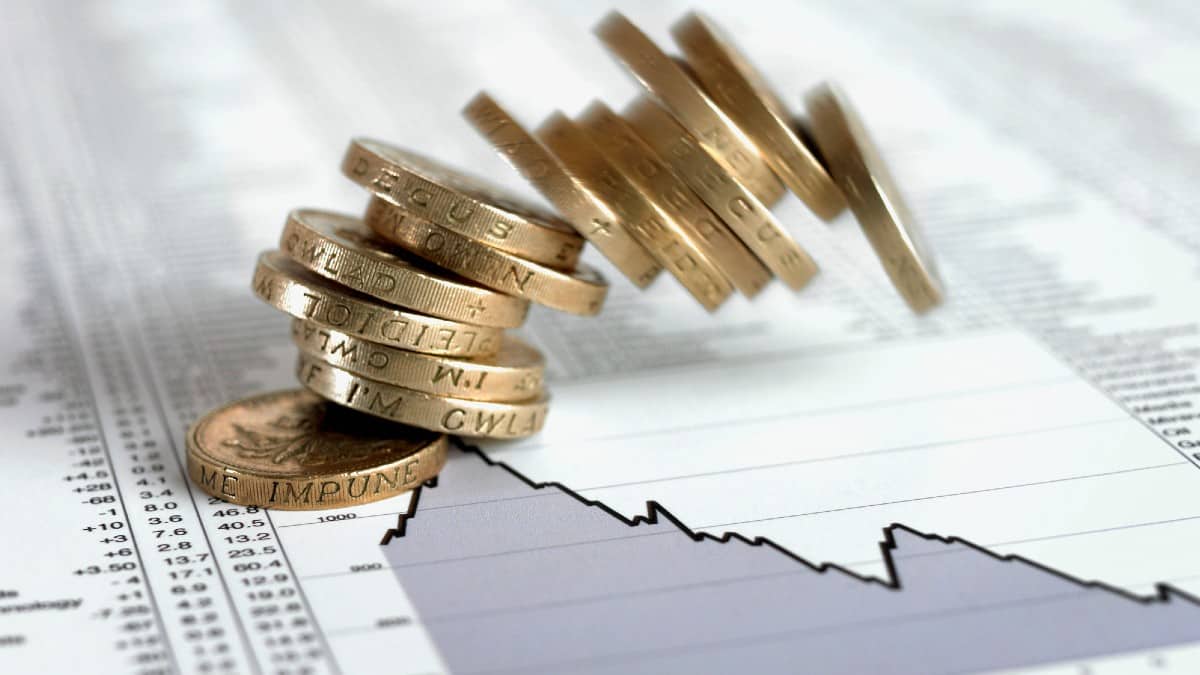In his acclaimed 1922 poem The Waste Land, American-English poet T S Eliot wrote: “April is the cruellest month, breeding. Lilacs out of the dead land, mixing. Memory and desire, stirring. Dull roots with spring rain.” And April has certainly been the cruellest month for investors so far in 2022, as global stock markets slumped.
Global stock markets slide in April
First, I’ll start with some welcome news for UK investors. While stock markets slid elsewhere around the globe, the London Stock Exchange proved to be a safe haven. The UK’s blue-chip FTSE 100 index actually gained almost 0.4% this month — one of a few market indices to climb in April.
Across the Atlantic, the world’s largest stock markets saw steep falls in this cruellest of months. The S&P 500 index has lost 8.8% since 31 March, leaving it almost 690 points (-14.3%) below its record high of 4,818.62 points on 3 January 2022.
Even worse, the tech-heavy Nasdaq Composite index crashed by almost 13.3% this month, its worst performance since 2008. This leaves the index almost 3,880 points (-23.9%) below its all-time high of 16,212.23 points on 22 November 2021. This week’s fall took the Nasdaq into a bear market (where a stock market falls 20%+ from a previous high).
Elsewhere around the world, most stock markets produced negative returns in April. The European STOXX Europe 600 index lost just 1.2% this month, while the Japanese Nikkei 225 index declined by 3%. In China, the Shanghai Composite Index dived by 7.2% this month.
Oil up, gold down
Away from global stock markets, two other major assets recorded mixed results. The price of a barrel of Brent Crude oil ended April at $107.14, up a couple of dollars this month, but well down from the high of $139.13 on 7 March this year. And the price of an ounce of gold closed April at $1,896.95, down 2.3% in April.
Should I care about sliding stock markets?
For most of my 35 years as an investor, I’ve had an almost morbid fear of crashing stock markets. In my lifetime, I’ve witnessed Black Monday (the October 1987 collapse), the dotcom bust of 2000-03, and the global financial crisis of 2007-09. More recently, I reported on what I called Meltdown Monday at the time: the March 2020 crash triggered by Covid-19 lockdowns.
But one thing that I recall about all four of these stock market crashes is that they arrived after lengthy periods of outstanding returns. Share prices and underlying company fundamentals soared to historically high levels in 1987, the late 90s, the mid-2000s, and from 2019 to 2021. In other words, crashing stock markets largely blew the froth off already over-inflated share prices. And, to me, that’s exactly what’s happening again right now.
For the record, the S&P 500 leapt by 28.9% in 2019, 16.3% in 2020 and 26.9% in 2021 (all excluding dividends). After such bumper gains, price declines were almost inevitable, as I warned repeatedly in late 2021. Hence, although my family wealth has declined since end-2021, I’m not that upset. Some prices are already attractive, but we’re also building up a large cash ‘crash fund’. And if prices do continue to decline, then I’ll buy cheap shares paying juicy cash dividends!
